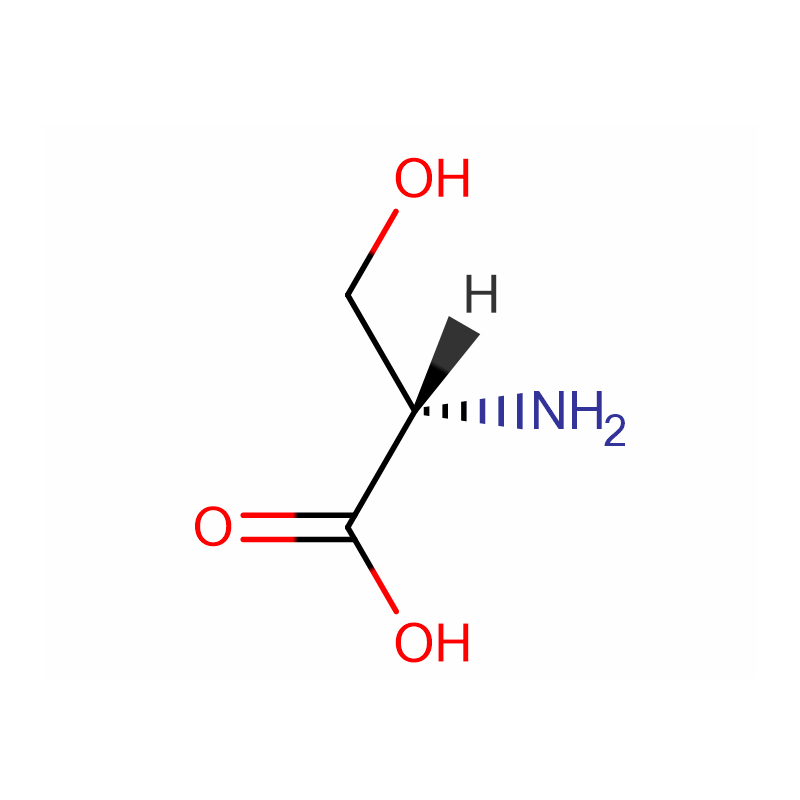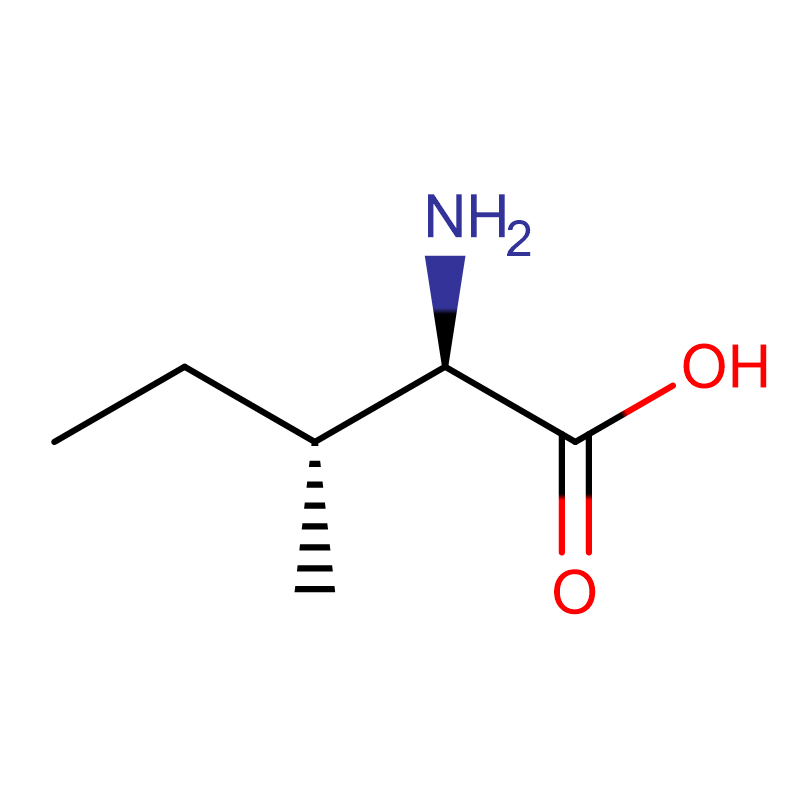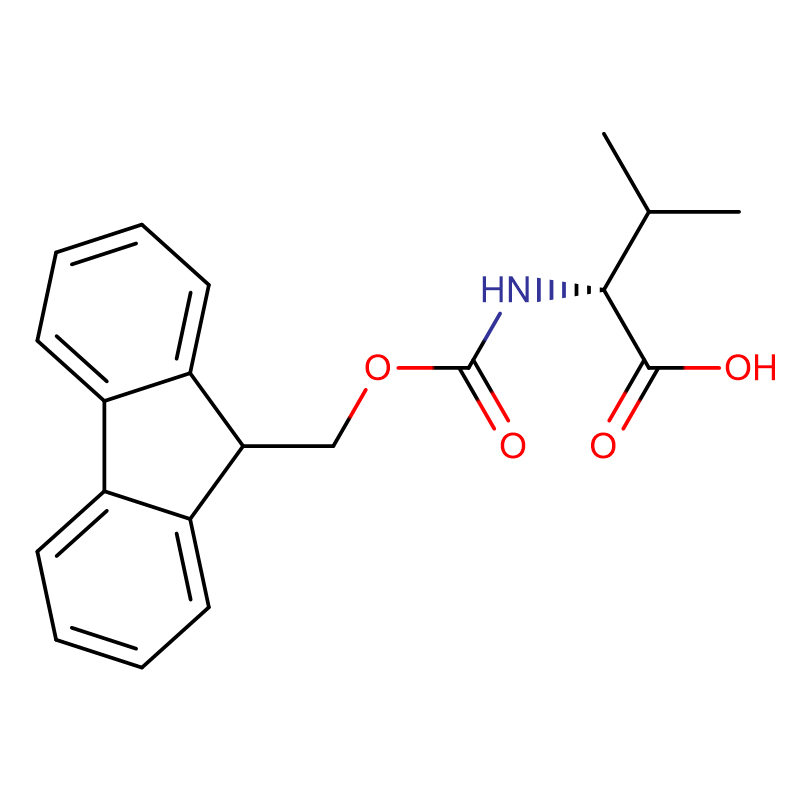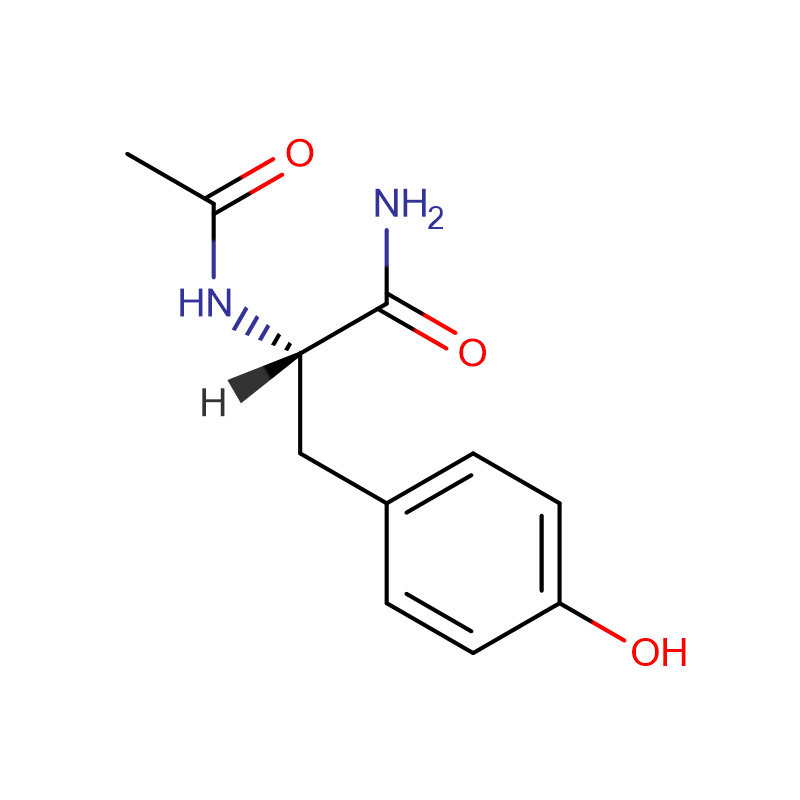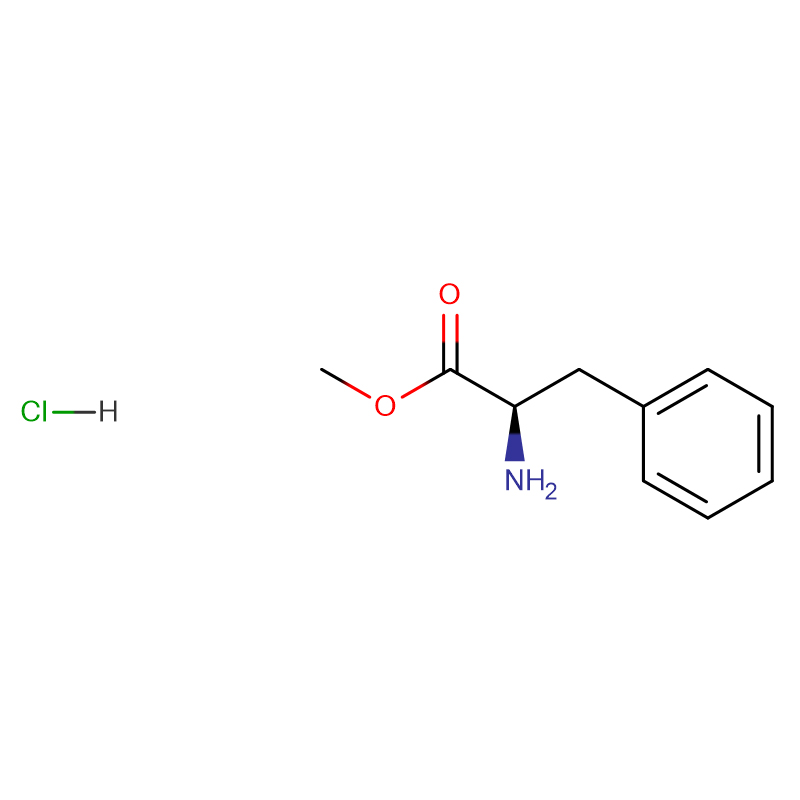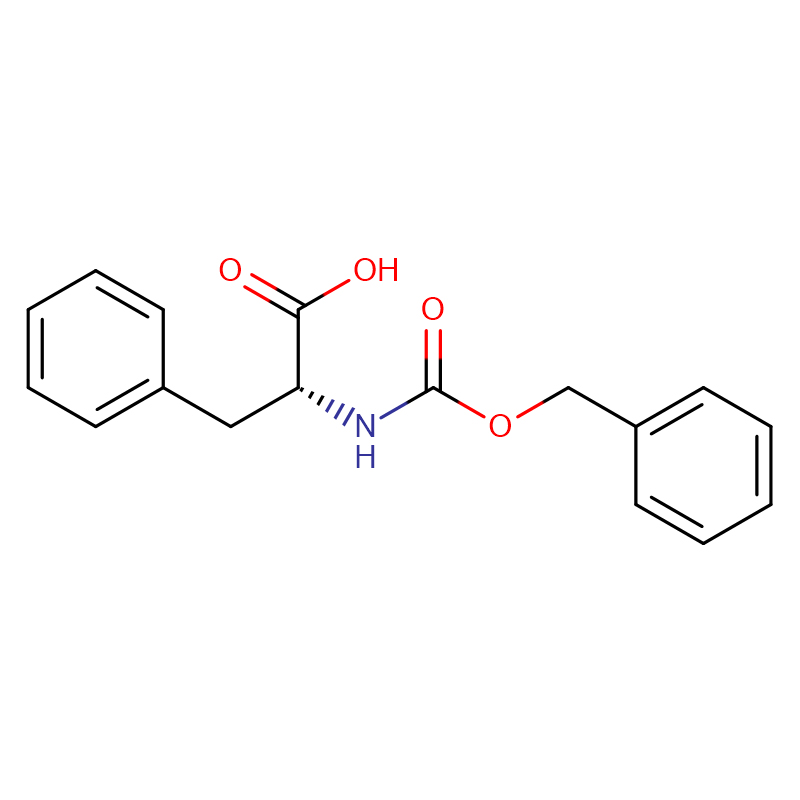L-Serine Cas: 56-45-1 99-101% White crystals or crystalline powder
| Catalog Number | XD90289 |
| Product Name | L-Serine |
|
CAS |
56-45-1 |
|
Molecular Formula |
C3H7NO3 |
|
Molecular Weight |
105.09258 |
| Storage Details | Ambient |
|
Harmonized Tariff Code |
29225000 |
Product Specification
| Assay | 99.0 - 101.0 % |
| Appearance | White crystals or crystalline powder |
| Grade | USP Grade |
| Arsenic | Max. 1ppm |
| pH | 5.2 - 6.2 |
| Loss on Drying | Max. 0.20% |
| Molecular Weight | 105 |
| Chloride (Cl) | Max. 0.020% |
| Iron | Max. 10ppm |
| Residue on Ignition | Max. 0.10% |
| Sulphate | Max. 0.020% |
| Specific optical rotation | +15.2° |
| Heavy Metals (Pb) | Max. 10ppm |
| Ammonium | Max. 0.02% |
Peptides containing 8 repeats of aspartate-serine-serine (8DSS) have been shown to promote the nucleation of calcium phosphate from solution into human enamel. Here we tested the ability of 8DSS to promote the remineralization of demineralized enamel in an in vitro model of artificial early enamel caries. Initial caries lesions were created in bovine enamel blocks, which were then subjected to 12 d of pH cycling in the presence of 25 µM 8DSS, 1 g/L NaF (positive control) or buffer alone (negative control). Absorption of 8DSS was verified by X-ray photoelectron spectroscopy. Mineral loss, lesion depth, and mineral content at the surface layer and at different depths of the lesion body were analyzed before and after pH cycling by polarized light microscopy and transverse microradiography. Mineral loss after pH cycling was significantly lower in the 8DSS samples than in the buffer-only samples, and lesions in the 8DSS samples were significantly less deep. Samples treated with 8DSS showed significantly higher mineral content than buffer-only samples in the region extending from the surface layer (30 µm) to the average lesion depth (110 µm). No significant differences were found between the samples treated with 8DSS and those treated with NaF. These findings suggest that 8DSS has the potential to promote remineralization of demineralized enamel.


